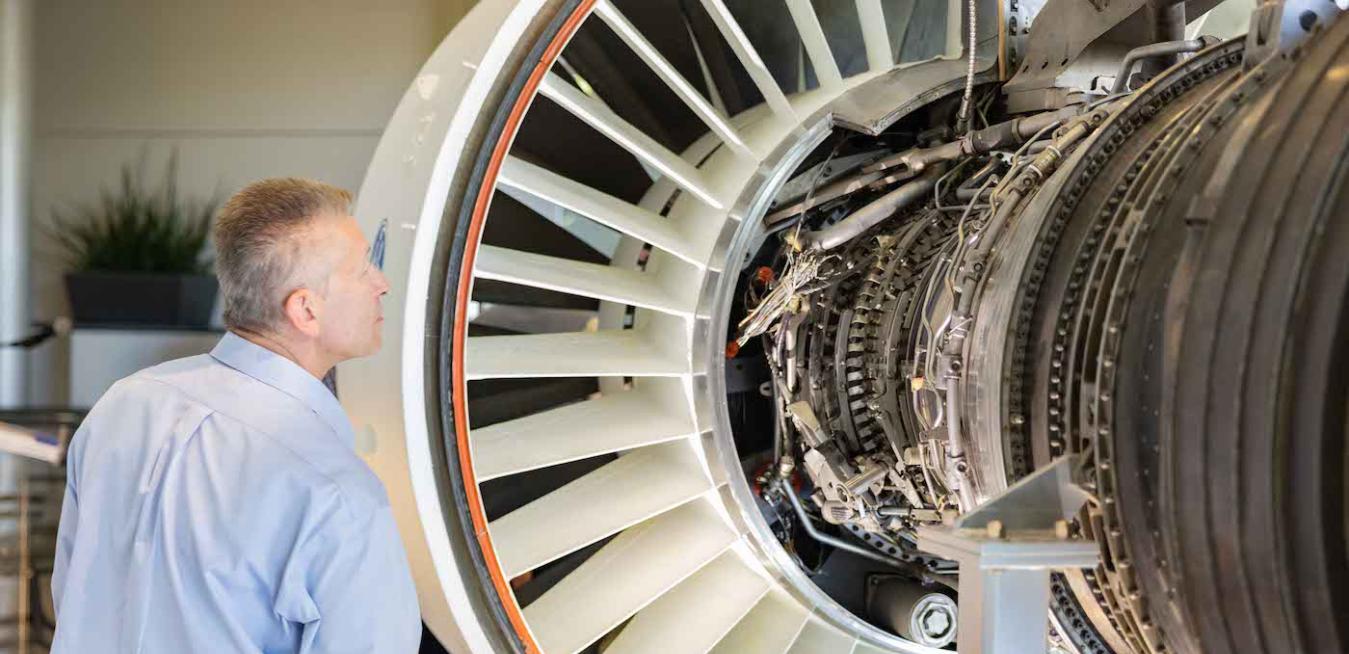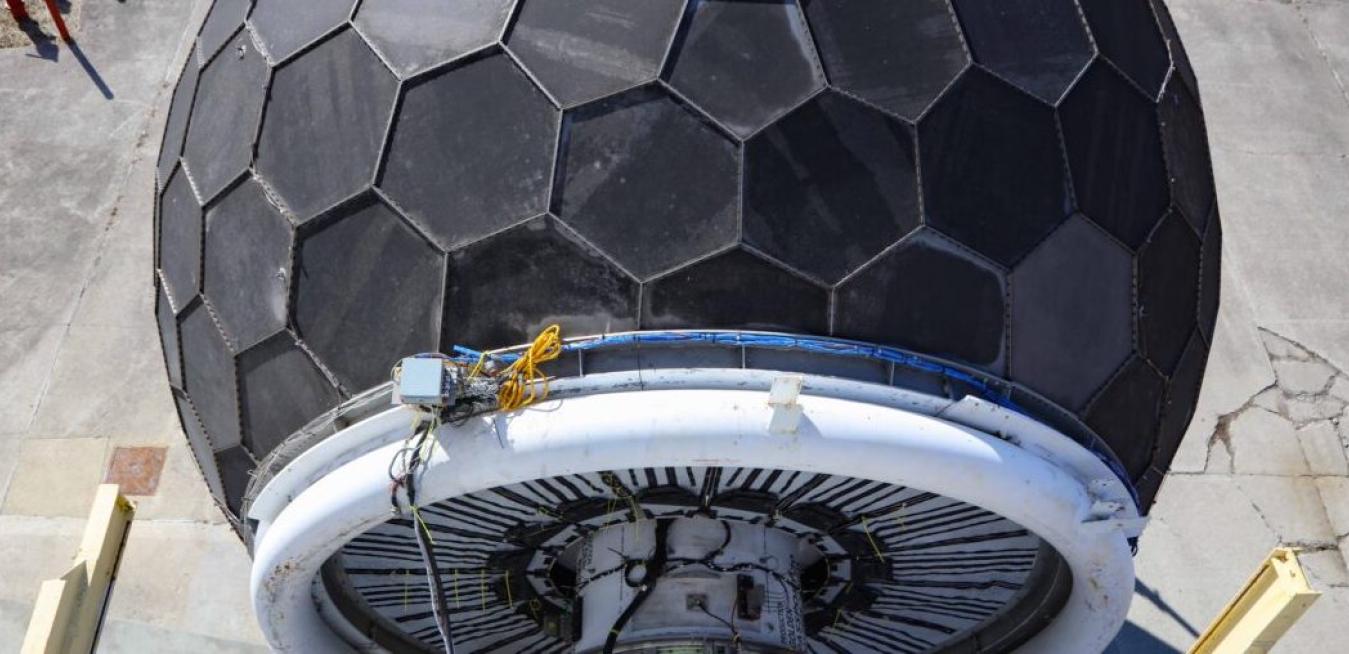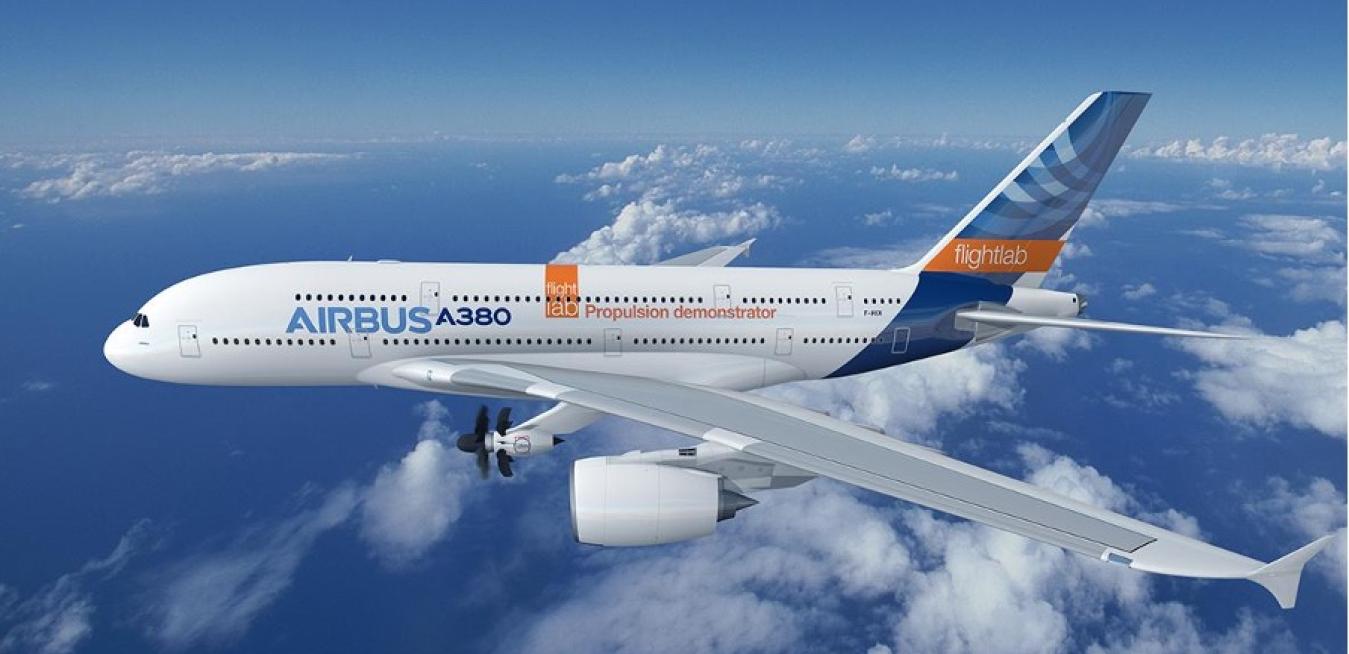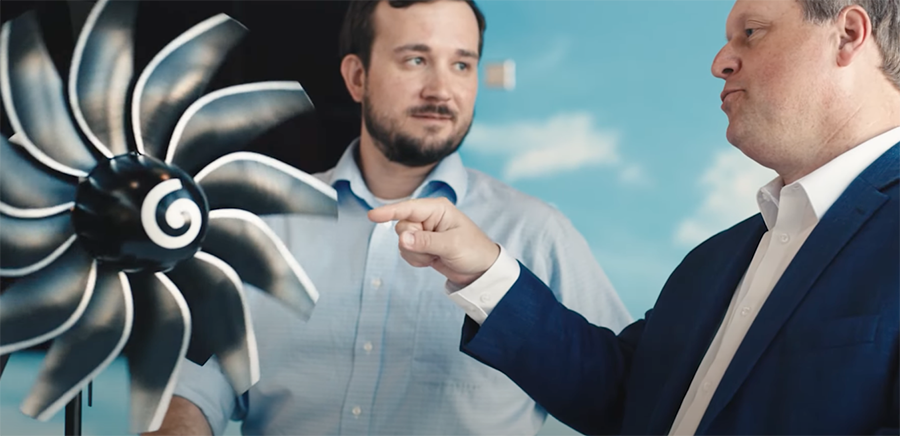The dawn of the jet age gave birth to the concept of the global village. Once jet engines made the jump from military fighters to civilian planes in the 1950s, commercial passenger service could carry people farther and faster than ever before. Fares dropped, ticket sales quadrupled, and by 1972 almost half of all Americans had traveled by air.
Currently showing on Petter Hörnfeldt’s popular aviation-themed YouTube channel is a video entitled “Revolutionizing Flight! The Amazing Potential of the CFM RISE Engine.” On screen, Hörnfeldt wears a black T-shirt sporting the “Mentour Crew” logo — a reference to Mentour Pilot, the name of his channel and its sister channel, Mentour Now!
“There has never been a more exciting time in my 25-year career as an aerospace engineer,” said GE Aerospace General Manager of Advanced Technologies Arjan Hegeman yesterday in remarks before the Senate Committee on Commerce, Science and Transportation. The hearing, on “Advancing Next Generation Aviation Technologies,” was part of the Senate’s work on the 2023 FAA Reauthorization Act. “This era of innovation requires ongoing collaboration with federal agencies like NASA and the FAA,” Hegeman said.
With the summer holiday season underway, air travel has bounced back from its lockdown doldrums. But so has the awareness of commercial aviation’s impact on the climate.
Airlines and aircraft and engine manufacturers want to be part of the conversation.
Alex Hills developed a passion for 3D printing like most hobbyists: He bought a printer and began “tinkering around” with some simple print builds.
A decade ago, Hills, who works as a test hardware engineer at GE Aviation, printed his first generic jet engine design from plans he found online. “It was a real simple model that spun with some bearings,” he says. “I thought it was cool and printed another one that I put on my desk.”
It’s been four years since aviation fans, industry executives, aerospace engineers and investors last descended on the local airport in Farnborough, a quiet town about an hour southwest of London. Normally, the Farnborough International Airshow takes place every two years, alternating with the Paris Air Show. Together, they are the focal point for the aerospace industry. The pandemic disrupted this rhythm, but starting Monday the Farnborough show is back on track.










